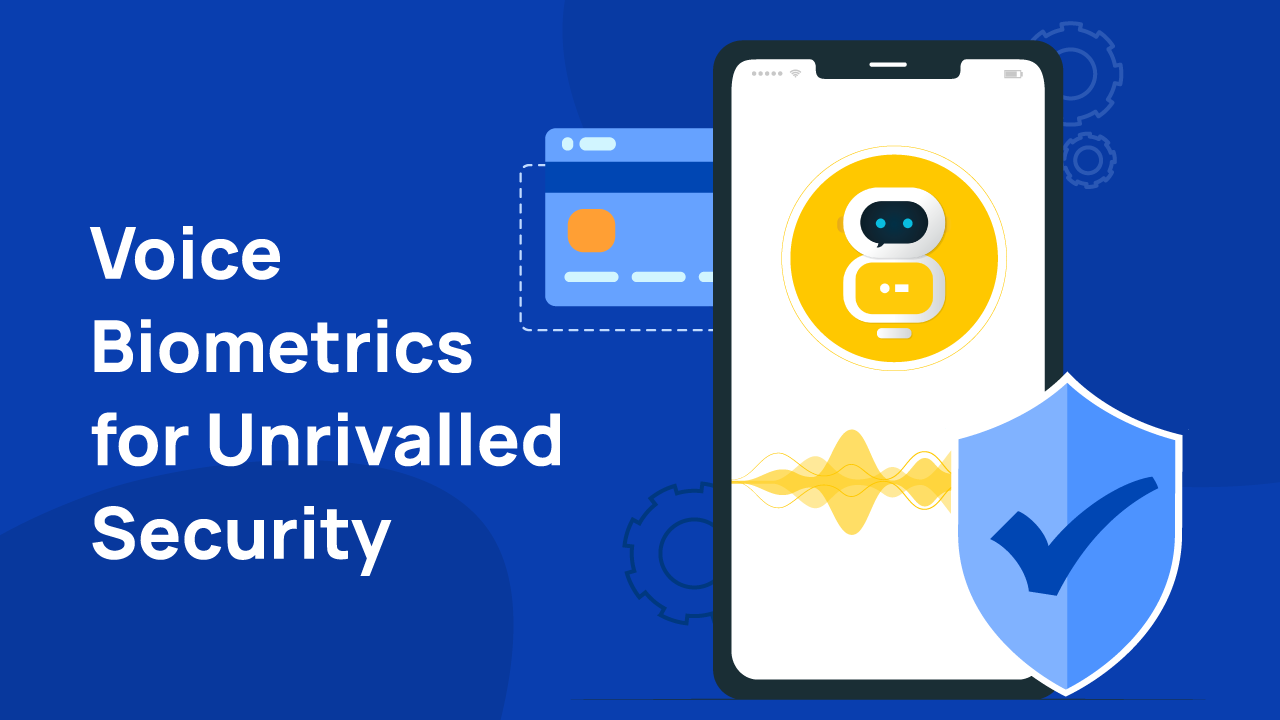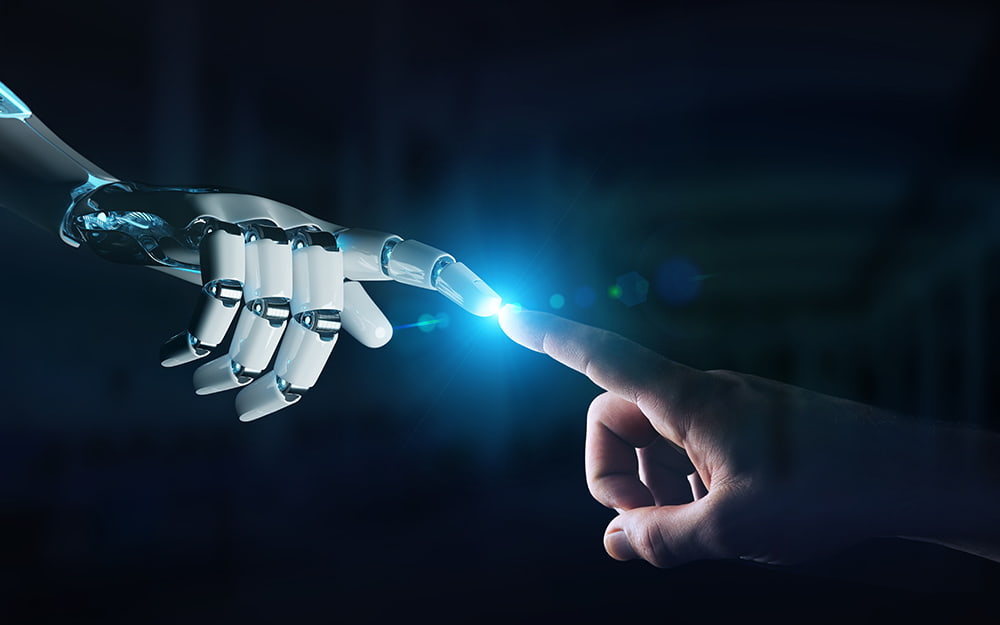
Worried about Deep Fake Voice? Embrace Voice Biometrics for Unrivalled Security
The era of deep fake voices, manipulative enough to trick an individual into believing that they are interacting with a known entity, has become a national concern. This situation is particularly alarming for financial institutions like credit unions and banks, where the potential for fraud is immense. Is there a reliable solution? The answer is a resounding yes: Voice Biometrics.
Often, skeptics wonder, can Voice Biometrics truly work? Given the latest advancements in technology and the pace at which Voice Biometrics is evolving, it’s a solution you can bank on, quite literally.
Understanding how Voice Biometrics works is key to appreciating its potential. Fundamentally, Voice Biometrics technology compares the unique characteristics of a person’s voice to previously stored voiceprint data. Considering the complexity involved in the human voice, which requires about 100 different muscles to produce, the uniqueness is irrefutable.
But what about deep fake voices? Although these manipulated voices might seem authentic to human ears, Voice Biometrics machines can easily detect subtle differences. These machines are designed to pick up the nuances that human hearing often overlooks.
Think of voice as a unique fingerprint. While two voices may seem similar to us, machines can pinpoint the smallest details that distinguish them. That’s because the receiving end of Voice Biometrics technology can discern subtleties that often escape our notice. Thus, even if a deep fake voice isn’t an exact replication, Voice Biometrics is capable of discerning the divergence.
Despite the compelling evidence, the question remains, why should we trust machines over humans in detecting deep fakes? The simple answer lies in our limitations. Our ability to recognize nuances in voices can be influenced by numerous factors, including our emotional state, ambient noise, or simply the quality of the transmission.
While Voice Biometrics isn’t a silver bullet to all security concerns, when coupled with multi-factor authentication, it certainly makes the fortress almost impregnable. As part of this fortified security setup, an additional layer of protection, such as anti-spoofing caller ID, could be incorporated, making it even harder for fraudsters to break in.
In conclusion, in this age of deep fake voices and growing security threats, Voice Biometrics has emerged as a sophisticated and reliable solution. While we acknowledge the unique charm of human instinct, when it comes to protecting our hard-earned money, leaving it to Voice Biometrics technology seems like the prudent choice. As the adage goes, better safe than sorry. Trusting in Voice Biometrics means embracing a future where your voice is indeed your password and where that password is almost impossible to fake.
Discover the Latest Insights on Interactive Intelligence for Banking Newsletter
Join the newsletter to receive the latest updates in your inbox.


